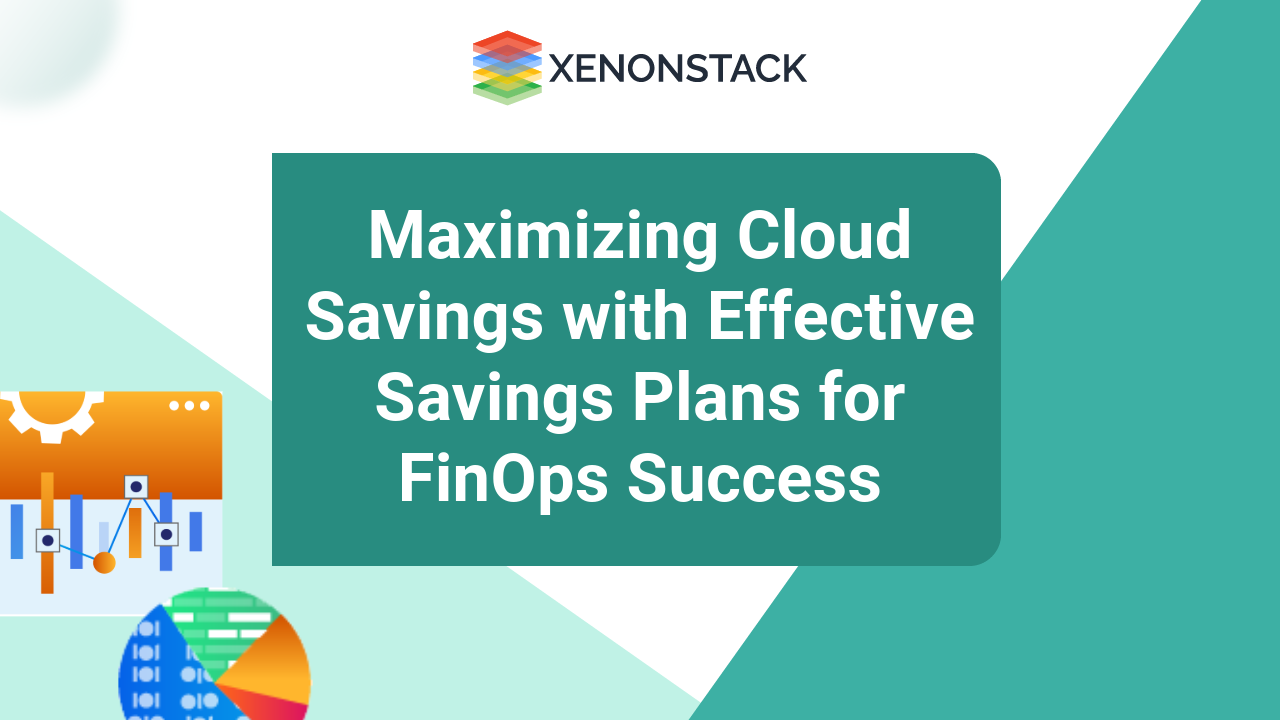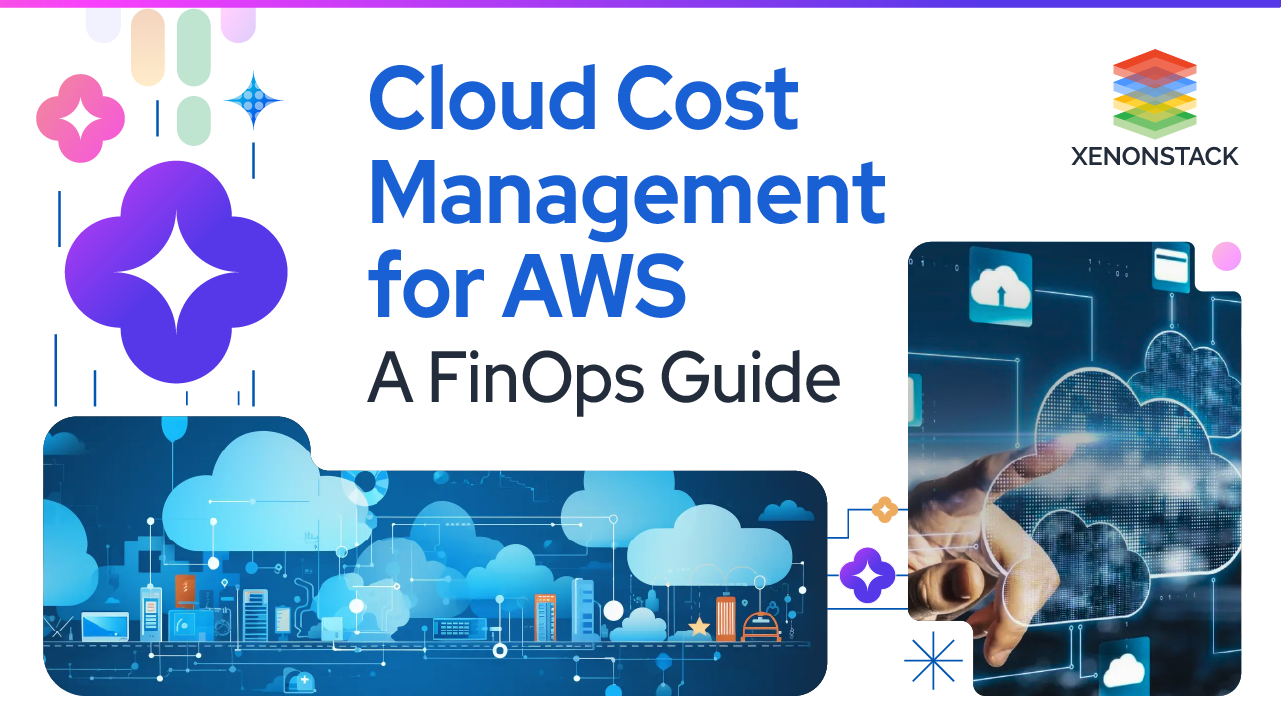By adopting the new technological model of artificial intelligence (AI) integration within most business enterprises, even within the healthcare industry, firms have managed to improve their effectiveness and their decision-making processes. Despite the overwhelming advantages that come with the adoption of AI, such as increased production, the financial aspect causes a lot of pain for many businesses. As the rush to deploy artificial intelligence technologies increases, so do abnormal costs that may explode, making budgets illogical, managing funds difficult, and projects stationary. This is where the help of Financial Operations arises. FinOps is a concept that allows the achievement of operational efficiency with better control of finance management, with an emphasis on cost optimization, especially in the cloud area. In this blog, we will examine how FinOps reduces the cost incurred in the process of AI adoption and how it is best applied.
The Growing Cost of AI Adoption
The Burden of Cost in AI Use
Implementing such AI technologies is expensive in multiple dimensions, and companies tend to ignore the total cost of ownership (TCO). Thus, estimates on the costs of making AI Cos follow that developing AI Cos can cost millions even before revenue returns. Major expenditures that are incurred due to the adoption of AI include:
-
Cloud Infrastructure: AI Applications are usually compute-intensive and storage-consumptive, which means there are immense costs associated with cloud service providers. For example, depending on their usage, the organization may spend thousands of dollars monthly on machine-learning models using GPUs.
-
Data Acquisition and Management: It is impossible to collect, store or process data without incurring some costs. Usually, firms have to pay for some data storage solutions, data cleansing, and transformation services, even for data they did not collect. Reports say that data management costs can contribute up to thirty per cent of the total costs accruing from the AI project.
-
Talent Acquisition: Employing data scientists, machine learning engineers, and AI researchers entails a lot of supply-versus-demand pressure on human resources. This need has only increased as the market for AI professionals has proven to be a central enabling factor in raising the salaries of the middle class, making it expensive for organizations.
Difficult or Excessive Prices
Such expenditures can get out of control, especially if there is no development of lower limits in advance. Most organizations are struggling with an overrun of the established budget and unveiling additional costs, which most often may postpone or even abort the intended project. Many companies approach AI project applications with excessive informality, which hampers creativity and leads to significant resource waste.
According to a report published by McKinsey, 70% of AI projects simply do not reach their intended goal because of a lack of monetary management.
What is FinOps?
Definition and Purpose
FinOps, or Finance Operations, is a culture that encourages cooperation among finance, engineering, and product entities. It is focused on optimizing the management of cloud expenditures while ensuring that teams are free to innovate and grow. A framework for FinOps is established to incorporate the necessary boundaries that make it possible for any team to act optimally.
The core objectives of FinOps are:
-
Visibility: Clarifying cloud expenditures by attributing costs to specific teams and understanding cloud settings.
-
Collaboration: Enhancing teamwork across departments to foster a better understanding of financial challenges.
-
Optimization: Encouraging the efficient use of resources in spending to align with the company’s strategies.
The Role of FinOps in AI Adoption
FinOps assists greatly in managing the issues arising from AI costs. With the help of FinOps, a company can adopt data-enabled decision-making to pursue innovations appropriately without losing track of costs. Additionally, it helps businesses contextually assess the cost implications of AI projects and assists them in selecting cost-effective and high-return initiatives.
Best Practices for Implementing FinOps in AI Adoption
Establish a FinOps Team
At this point, a FinOps team is also formed, which involves bringing together all specialists in charge of FinOps. Therefore, the team should include support units like finance, engineering, and product management to improve cost management.
-
Define Roles and Responsibilities: The company must define each team member's role so that there is no overlap of duties. For example, the finance team may focus on budgeting and forecasting, while the engineering team may focus on tracking resource usage.
-
Encourage Collaboration: There is a need to break these silos and encourage communication between the teams. Such meetings may include positive sharing where teams can see how their decisions let some financial career opportunities go by.
 Finding Efficient Techniques for Cloud Cost Management
Finding Efficient Techniques for Cloud Cost Management
Cost management cannot be excluded from how an organization seeks to avoid costs related to using Artificial Intelligence, among other operational processes. One of which comprises a range of factors including but not restricted to:
-
Implement Monitoring Tools: Cloud cost management tools are a necessary component of real-time spending management for all organizations. Timely Hartman control systems enable actors to notice all the variations and causal relationships of costs.
-
Dashboards and Reporting: Anyone using a budget should be able to access user-friendly dashboards capturing expenditure trends. Such dashboards should also have high-level metrics such as monthly spending, costs forecast versus actual, and staff resource utilization rates.
- Alerts and Notifications: Communicate any cause of stress that will shape future patterns. For example, if a stakeholder has a budget of 10,000 dollars, one can be notified that the limit has surpassed the amount so that they can act on it.
Optimize Resource Utilization
Getting teams to optimize resource usage is necessary to ensure that AI-related projects do not incur wastage costs. Some of the main strategies include: -
-
Rightsizing Resources: Ensure comfortable resource levels are maintained while readjusting the quantities used. For example, if one uses a specific AI model and finds that it does not require that much CPU usage, assume the teams should downsize.
-
Utilizing Reserved Instances: To the extent possible, buy reserved instances or savings schemes with cloud providers. These give better rates for the duration of use than pay-as-you-go pricing, which can help with substantial expenditure reductions compared to on-demand rates.
Promote Responsibility for Responsible Spending
It is desirable to make every unit work towards such a goal even if it means ‘losing’ some money by reducing the cloud services spending and encouraging better profitability for the organization. This can be accomplished by:
-
Training and Education: People need to understand what costs they will incur by making a certain decision, which is done through training sessions. Support the teams by providing them with appropriate cost containment measures tools.
-
Improving Cost Management: Involve the cost management processes in an incentive scheme where teams identified to operate within reasonable or efficient cost-saving efforts are recognized and rewarded. Specific teams, for example, might be put in a position where meeting budget goals qualifies them for some bonuses or recognitions.
Employ AI for Cost Optimization
From another perspective, these organizations can also reap profits from their AI projects by capitalizing on the same AI technology to cut costs. Classification algorithms may be able to learn the spending decisions and category purposes of each subgroup of expenses to recommend improvements. Thus, the amendments in machine learning designs will likely help focus on areas where wasteful expenditures are cut down on processes.
For instance, usage estimates can be made by looking at historical usage patterns, which helps the organization redirect its resources to prevent wastage.
The Impact of FinOps on AI Adoption
Strengthened Financial Management
FinOps improves organizational financial management by providing insight into spending patterns. The insights gained from this information can help improve decision-making and the sequencing of activities depending on economic returns. Adopting FinOps principles enables organizations to account for expenditures and make changes when necessary.
Greater Imagination
With a well-outlined FinOps plan in place, the focus shifts from revenue earnings to creating new next-generation solutions. Organizations can spend more efficiently by providing the necessary financial information to pursue new AI possibilities without fearing going over budgets.
Reducing Risks
Cost management enables organizations to reduce the risks accrued from using AI. This includes preventing project failure due to overweighting and, more importantly, financing the next steps that need to be taken. Corporations that follow the FinOps principles can better respond to changes in the business environment, technology, and other relevant factors.
Case Studies: Successful FinOps Implementation
Company A: A Retail Powerhouse
A well-known retail chain was experiencing increasing costs related to its AI-enhanced supply chain management system. With the adoption of FinOps, the company set up a cost management and recovery unit, gained better cost visibility, and employed resources more effectively.
Results: They reduced overall costs related to AI development by 30%, simultaneously improving business efficiency. The accumulated data enabled them to lower expenses further and allocate the surplus towards exploring additional AI opportunities.
Company B: A Medical Institution
A medical institution was concerned about the costs of AI in analyzing patient data. Adopting the principles of FinOps, the HCO implemented cloud cost management and AI cost optimization strategies.
Results: This resulted in reduced data processing costs, and these savings were directed towards bettering the patient care initiatives and enhancing AI capacity for better service delivery.
Conclusion
More and more companies are turning to AI as a means of fostering innovation and improving company productivity. However, this generally has a very high price on the business level. Implementing FinOps upskilling is not just a trend but a definite requirement if employees want to practice AI in the most effective manner. Using FinOps, organizations can contain the costs associated with their AI efforts by collaboration, supporting financial governance, and increasing the use of resources to the maximum.





